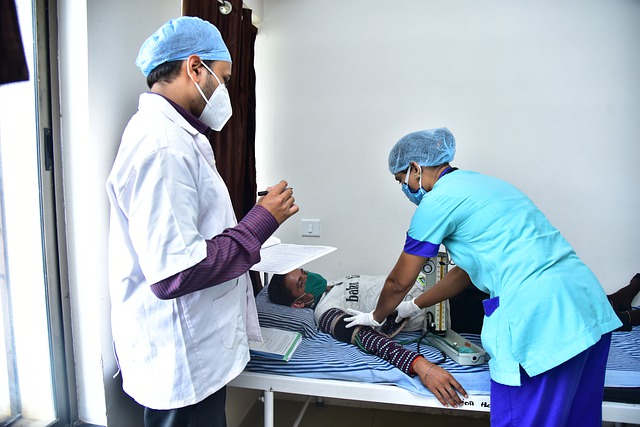India is a large democratic country with an extensive healthcare system. But still, there remains a vast difference in the quality of the health facilities between urban and rural areas as well as among the private and public health sectors.
Despite these facts, India remains a popular destination for medical students and tourists, due to relatively low costs and high quality of education and facilities. The private hospitals of India attract many international guests and students to rely on advanced medical facilities.
History Vs Recent Days:
The ministry of health in India was established after its independence from Britain in 1947. The government of India came up with a five-year plan and in that health was kept a priority. The national health policy of India aimed for universal healthcare coverage till 2000.
Today, India aims to provide advanced healthcare facilities to all rural people and poor states, so that their healthcare services can improve. This shows how drastically Indian medical health has changed, but still is in its developing stage.
How does Healthcare System In India Work?
The Indian healthcare system is battling several issues for a long time and has less number of institutions, and human resources in comparison to other countries. The healthcare system works in three-tier structures. They are primary, secondary, and tertiary care services.
Primary healthcare provides facilities to the rural population, while the secondary sector delivers services through district and sub-district hospitals. And the tertiary sector broadened to the central and regional levels of institutions and hospitals. With all these sectors, the government must focus mainly on the primary healthcare system as a public good.
What About The Infrastructure?
The infrastructure of the Indian healthcare system is facing deficiency in terms of proper living conditions, buildings, and teachings. But in the last year few years, the government of India has regulated the policies and had mandated the building of medical colleges on at least five to six acres of land.
Due to this, various medical colleges have opened up in rural areas, but there the recruitment of better-qualified teachers is difficult to find due to lack of living situations. With this, the national medical commission has restricted the number of students to be admitted, ensuring they all get a better medical education.
Private And Public Care:
There is a certain proportion of the population who opt for private healthcare facilities, as they carry more advanced and clean services than any public healthcare institute. Around 18 to 26 percent of the people follow this type of coverage.
The cost of these private hospitals is generally high because there is not any regulatory authority to oversee the private healthcare system. The rooms of the private hospitals are large with good food and proper sanitary, also the waiting time for the doctor is shorter in private than in public.
What Are The Relative Costs?
Public hospitals take very little money, or even free health services. But the facilities of such hospitals are understaffed, poorly equipped, located in urban areas, and have poor sanitation and cleanliness. Due to this, public healthcare leaves no alternative but to opt for a private healthcare system, incurring high expenses.
65 percent of patients pay their medical expenses out of their pocket and have no medical or health insurance. But the adoption of insurance is significantly increasing in India. Though the cost of the private sector is high, it provides the best services with more transparency and accountability than any public institute.
So, these were the things that you must know about the healthcare system in India. India has achieved several goals and is gradually advancing towards success in the medical field. However, India’s healthcare system presents several challenges for both visitors and residents.










